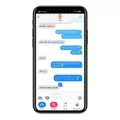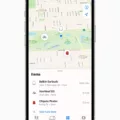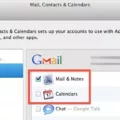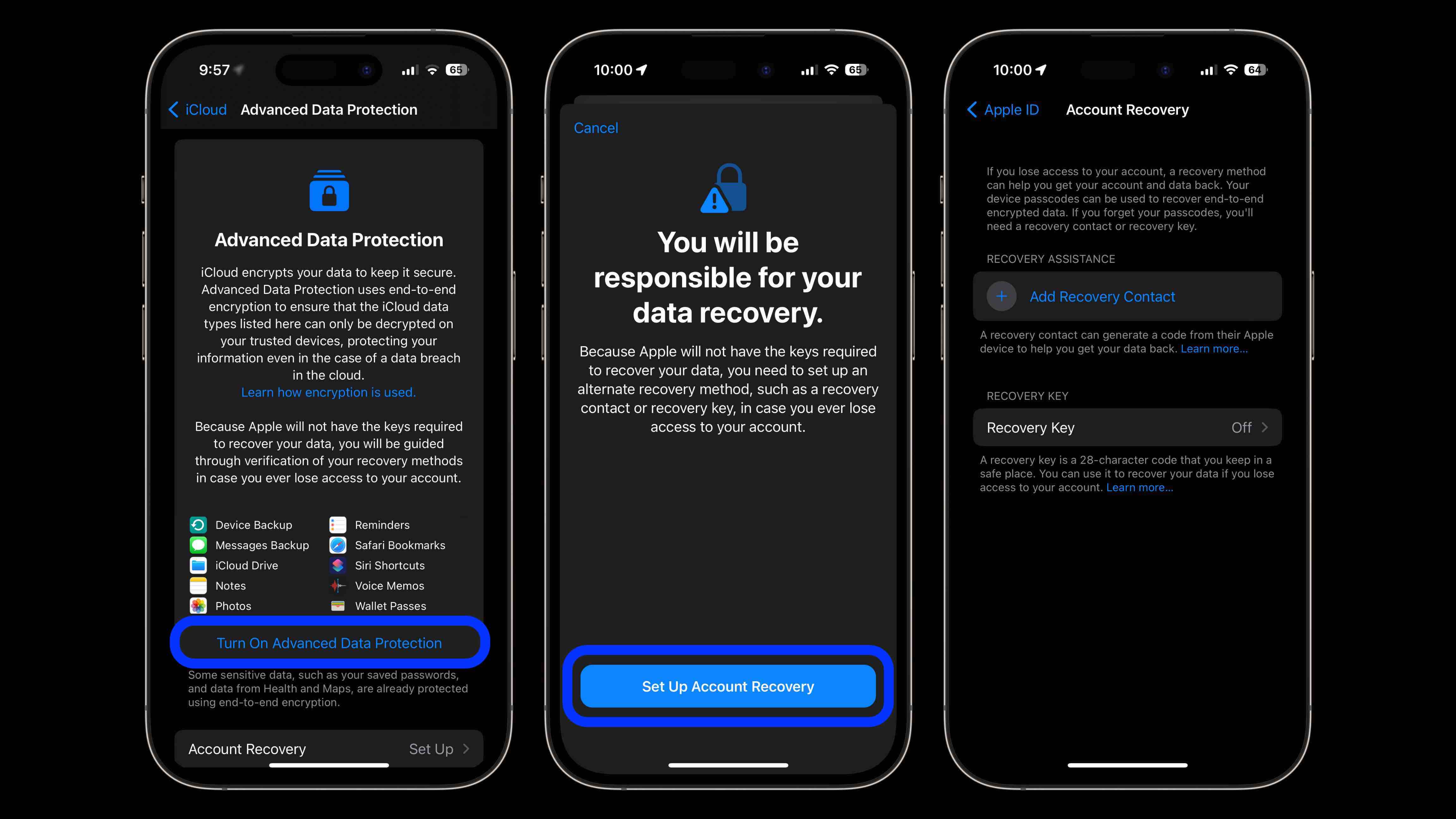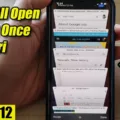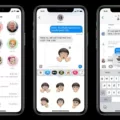IMessage is a popular messaging service offered by Apple that allows users to send text messages, photos, videos, and more to other iPhone, iPad, and Mac users. It uses internet data or Wi-Fi instead of traditional SMS or MMS messaging, making it a convenient and cost-effective way to stay connected with friends and family.
However, like any technology, iMessage can sometimes encounter issues. One common problem that users may come across is being logged out of iMessage. If you see a notification on your iPhone that says you’re being logged out of iMessage, don’t panic. This doesn’t necessarily mean that your account has been hacked or compromised.
There are a few different reasons why you might be logged out of iMessage. It could be due to a faulty SIM card, a software bug, or even just a glitch in your device settings. Fortunately, there are some simple steps you can take to resolve the issue.
First, try rebooting iMessage on your device. To do this, go to the Settings app, tap on Messages, and then toggle off the iMessage switch. After doing this, turn off your iPhone by pressing and holding the on/off switch, slide to power off, and then wait for your iPhone to start up again. Once your iPhone has restarted, go back to Settings > Messages and turn iMessage back on.
If you’re still experiencing the issue, you can try signing out and back in to iMessage. To do this, go to the Settings app, tap on Messages, and then tap on Send & Receive. At the top of your iPhone’s display, you’ll see your Apple ID. Tap on it, and then tap on Sign Out. To sign back in, tap on Use your Apple ID for iMessage, enter your Apple ID and password if necessary, and then tap on Sign In.
If you find that iMessage or FaceTime is stuck on the “Waiting for activation” screen, there are a few additional steps you can try. First, make sure that your iPhone has a stable internet connection. You can try refreshing your connection by turning off Wi-Fi and then turning it back on, or by toggling Airplane Mode on and off. Additionally, you can try resetting both the iMessage and FaceTime apps by going to Settings > General > Reset > Reset Network Settings. Keep in mind that this will reset all of your network settings, so you may need to re-enter Wi-Fi passwords and other network information.
Other troubleshooting steps you can try include ensuring that the time and date on your device are correct, as an incorrect time and date can cause issues with iMessage activation. You can also try updating your device to the latest version of iOS or resetting your Apple ID by signing out of all devices and then signing back in.
Being logged out of iMessage can be frustrating, but it doesn’t necessarily mean that your account has been hacked. It can be caused by a faulty SIM card, a software bug, or your device settings. By following the steps outlined above, you can resolve the issue and get back to using iMessage to stay connected with your loved ones.
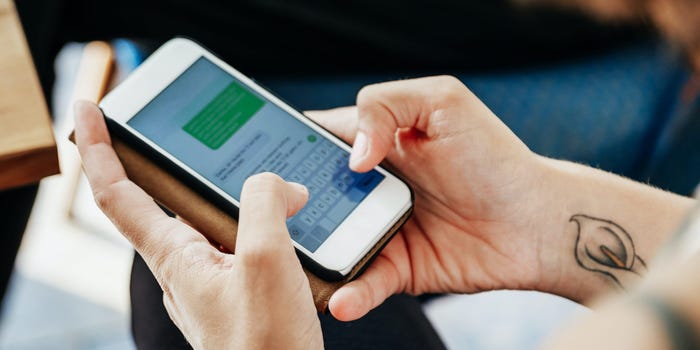
Why is Your iPhone Saying Your iMessage is Signed Out?
There are several potential reasons why your iPhone may display a notification that your iMessage is signed out. It’s important to note that this error message does not automatically indicate that you have been hacked. Here are some possible causes for this issue:
1. Faulty SIM card: A malfunctioning or damaged SIM card can cause your iPhone to display the iMessage signed out error. In this case, you may need to replace your SIM card with a new one from your carrier.
2. Software bug: Occasionally, software bugs or glitches can cause issues with iMessage on your iPhone. These bugs can disrupt the connection between your device and the iMessage servers, resulting in the signed out message. To address this, you can try updating your iPhone’s software to the latest version or restarting your device.
3. Device settings: Certain settings on your iPhone can affect the functioning of iMessage. For instance, if you have disabled cellular data for iMessage, or if you have turned off the option to use your phone number for iMessage, your device may display the signed out notification. To check your settings, go to the Settings app on your iPhone, select Messages, and ensure that the necessary options are enabled.
4. Network issues: Problems with your network connection, such as weak cellular signal or unstable Wi-Fi, can also cause iMessage to appear as signed out. Make sure you have a stable and reliable internet connection to prevent any disruptions in the iMessage service.
5. Apple server maintenance: At times, Apple performs maintenance on their servers, which can temporarily impact the availability of iMessage. During these periods, you may see the signed out message. In such cases, the issue is usually resolved automatically once the maintenance is completed.
If you continue to experience issues with iMessage being signed out, you can try some troubleshooting steps to resolve the problem:
– Restart your iPhone: Simply restarting your device can often resolve temporary software glitches.
– Check your network connection: Ensure that you are connected to a stable and reliable network, whether it’s cellular data or Wi-Fi.
– Reset network settings: If you’re still encountering issues, you can try resetting your iPhone’s network settings. This will remove saved Wi-Fi networks and VPN settings, so make sure you have the necessary details handy to reconnect to networks afterward.
– Contact Apple Support: If none of the above solutions work, it may be helpful to reach out to Apple Support for further assistance. They can provide specific troubleshooting steps tailored to your device and situation.
Remember, seeing the iMessage signed out notification doesn’t automatically mean you’ve been hacked. By understanding the potential causes and following the appropriate troubleshooting steps, you can resolve the issue and get your iMessage back up and running.
Why Isn’t Your iMessage Working?
There could be several reasons why your iMessage is not working. Here are some possible causes and troubleshooting steps you can take:
1. Internet connection: iMessage requires a stable internet connection to work. Make sure you are connected to Wi-Fi or have a strong cellular data connection.
2. iMessage server issues: Sometimes, Apple’s iMessage servers may experience problems, causing issues with the service. Check if there are any reported outages or server issues on Apple’s system status page.
3. Incorrect settings: Ensure that iMessage is enabled in your iPhone’s settings. Go to Settings > Messages and toggle on the iMessage switch. Additionally, check your date and time settings to ensure they are accurate.
4. Apple ID and phone number verification: Verify that your Apple ID and phone number are correctly associated with iMessage. Go to Settings > Messages > Send & Receive and check the “You can be reached by iMessage at” section.
5. Software updates: Ensure that your iPhone is running the latest version of iOS. Go to Settings > General > Software Update to check for any available updates. Install any updates if necessary.
6. Restart iMessage: Go to Settings > Messages and toggle off the iMessage switch. Wait for a few seconds, then toggle it back on. This can sometimes refresh the connection and resolve any temporary glitches.
7. Restart your iPhone: Sometimes, a simple restart can fix various issues. Press and hold the power button until the “slide to power off” option appears. Slide it to power off, wait for a few seconds, then press and hold the power button again to turn on your iPhone.
8. Reset network settings: If none of the above steps work, try resetting your network settings. Go to Settings > General > Reset > Reset Network Settings. Note that this will remove your saved Wi-Fi networks and passwords, so be prepared to re-enter them.
9. Contact Apple Support: If the issue persists, it may be worth reaching out to Apple Support for further assistance. They can provide specific troubleshooting steps or determine if there is a deeper issue with your device.
By following these steps, you should be able to diagnose and resolve the issue with your iMessage.
How Do You Get Signed Back to iMessage?
To sign out and then sign back into iMessage, follow these steps:
1. Open the Settings app on your iPhone.
2. Scroll down and tap on “Messages”.
3. In the Messages settings, tap on “Send & Receive”.
4. At the top of the screen, you will see your Apple ID. Tap on it.
5. A pop-up menu will appear with the option to “Sign Out”. Tap on it to sign out of iMessage.
6. To sign back in, tap on “Use your Apple ID for iMessage”.
7. If prompted, enter your Apple ID and password to proceed.
8. After entering your Apple ID credentials, tap on “Sign In”.
By following these steps, you will be signed out of iMessage and then signed back in again. This process allows you to refresh your iMessage connection and ensure that you are properly connected to the service.
Why is Your iMessage Signed Out And Won’t Activate?
There could be several reasons why your iMessage is signed out and won’t activate. Here are some possible explanations:
1. Network Issues: Check your internet connection and make sure you have a stable and reliable network connection. If you’re having trouble connecting to the internet, try switching between Wi-Fi and cellular data, or connect to a different network to see if that resolves the issue.
2. Apple ID Credentials: Ensure that you are signed in with the correct Apple ID and password on your device. Incorrect login credentials can prevent iMessage from activating. To check and update your Apple ID, go to Settings > [Your Name] > iTunes & App Store and sign in with the correct credentials.
3. Software Updates: Make sure your device is running the latest version of iOS. Outdated software can sometimes cause issues with iMessage activation. Go to Settings > General > Software Update to check for any available updates and install them if necessary.
4. Date and Time Settings: Ensure that your device’s date and time are set correctly. Incorrect date and time settings can interfere with the activation process. Go to Settings > General > Date & Time and enable “Set Automatically” to sync your device’s time with the internet.
5. Waiting Period: Sometimes, iMessage activation can take some time, especially if you’ve just set up a new device or recently updated your iOS. In such cases, it’s best to wait for a while and see if the activation completes on its own. Patience is key here.
If none of the above solutions work, you can also try resetting your network settings or contacting Apple Support for further assistance.
Conclusion
IMessage is a powerful messaging service provided by Apple for iPhone users. It offers a seamless way to send and receive messages, photos, videos, and other multimedia content between Apple devices. However, there are instances where users may encounter issues such as being logged out of iMessage or facing activation problems.
If you receive a notification stating that you’re being logged out of iMessage, it doesn’t necessarily mean you’ve been hacked. This error can be caused by a faulty SIM card, a software bug, or incorrect device settings. To resolve this issue, you can try rebooting iMessage by turning it off in the Settings app and then turning off your iPhone. After restarting your device, you can turn iMessage back on and sign back in.
If iMessage or FaceTime is stuck on the “Waiting for activation” screen, you can reset both apps or try various troubleshooting steps. This includes restarting your phone, refreshing your connection, or resetting your Apple ID. Additionally, ensuring that your device’s time and date are correct, or updating and resetting your device, can also help resolve activation issues.
IMessage provides a convenient and secure messaging experience for Apple users. By following the troubleshooting steps mentioned above, you can address common issues and enjoy the full functionality of iMessage on your iPhone.

